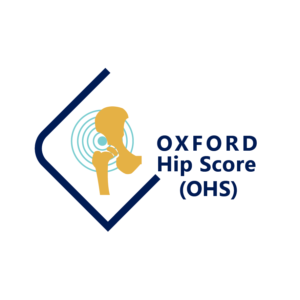The OHS is primarily used to assess outcomes of THR surgery. Examples of such use and other applications of the OHS include:
- Assessment of patient outcomes following alternative non-surgical interventions, including physical therapy, joint supplements and anti-inflammatory medications.
- The Oxford Hip Score and the Oxford Knee Score (OKS) have been adopted by the UK Department of Health (DoH) for the assessment of approximately 120,000 hip and knee operations which are carried out each year in National Health Service (NHS) hospitals. The OHS and OKS form part of the nationwide Patient Reported Outcome Measure program launched by the UK DoH.
- Private healthcare providers have also been interested in using the Oxford orthopaedic scores, including the OHS, to develop care pathways that achieve the best possible results for the patients. Nuffield Health (UK) is just one of our user community to obtain benefit from the OHS in this way.
- Public and private healthcare providers have used the OHS to assess patient outcomes across multiple facilities as a measure of the performance of individual treatment centres, which can be used to identify high-performing centres and to raise standards through sharing best practices.
^ Back to top








